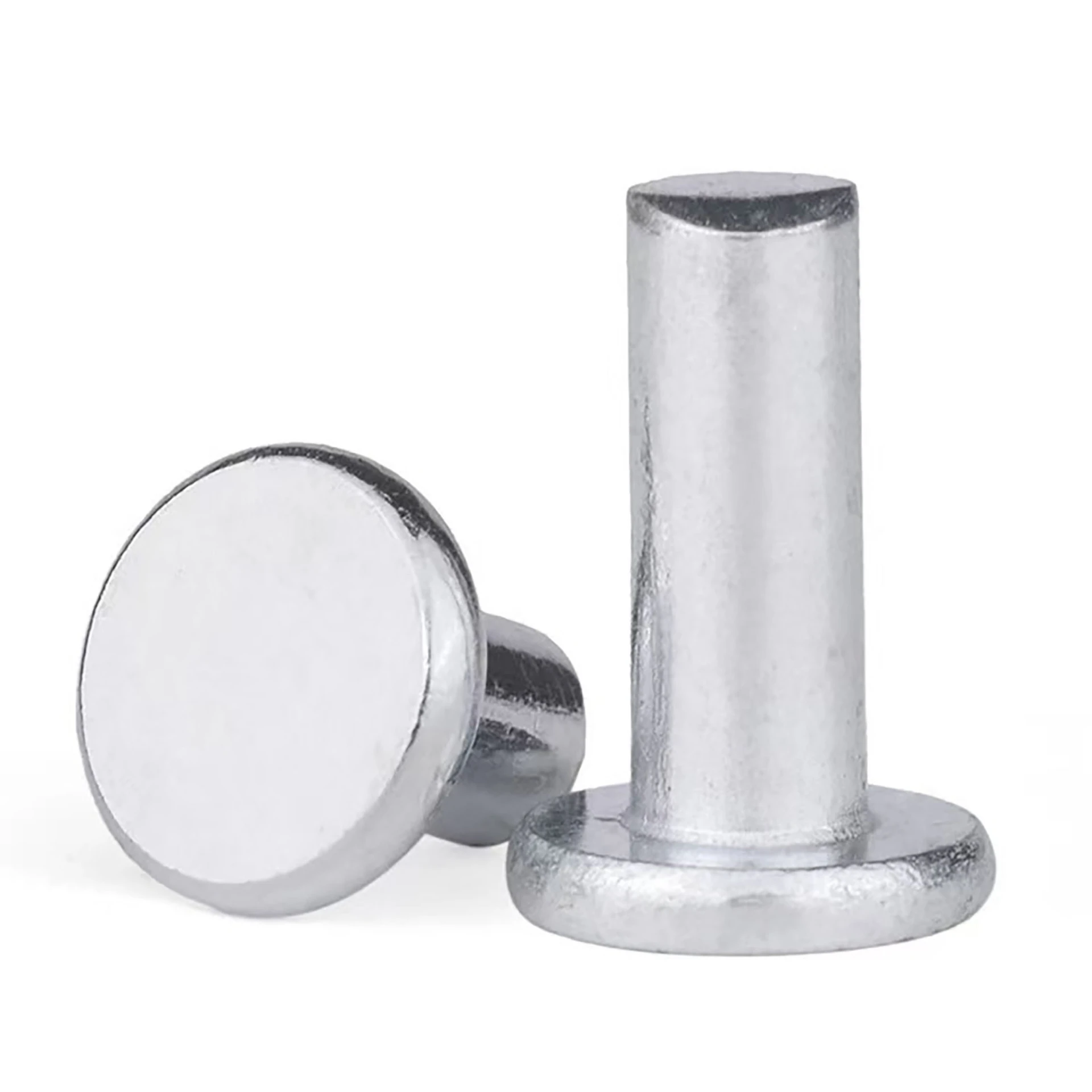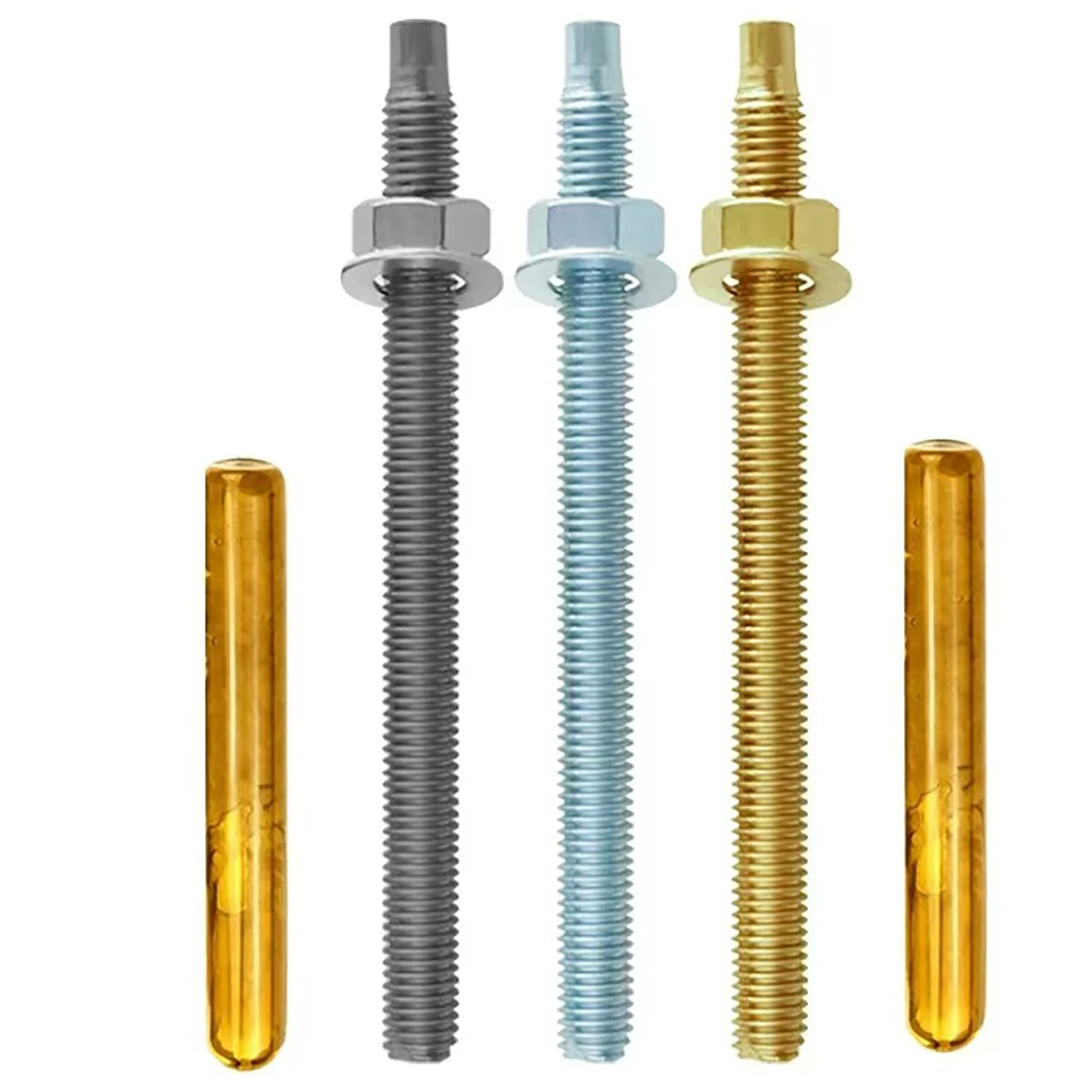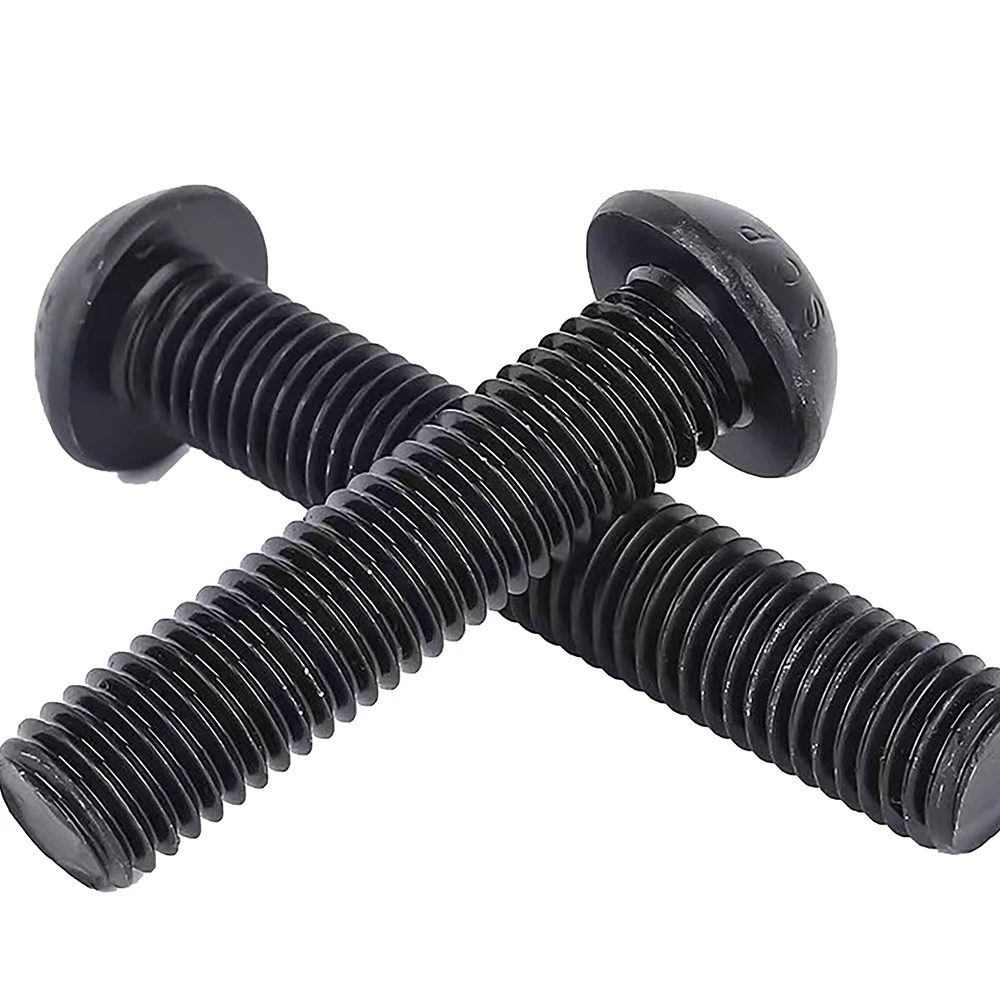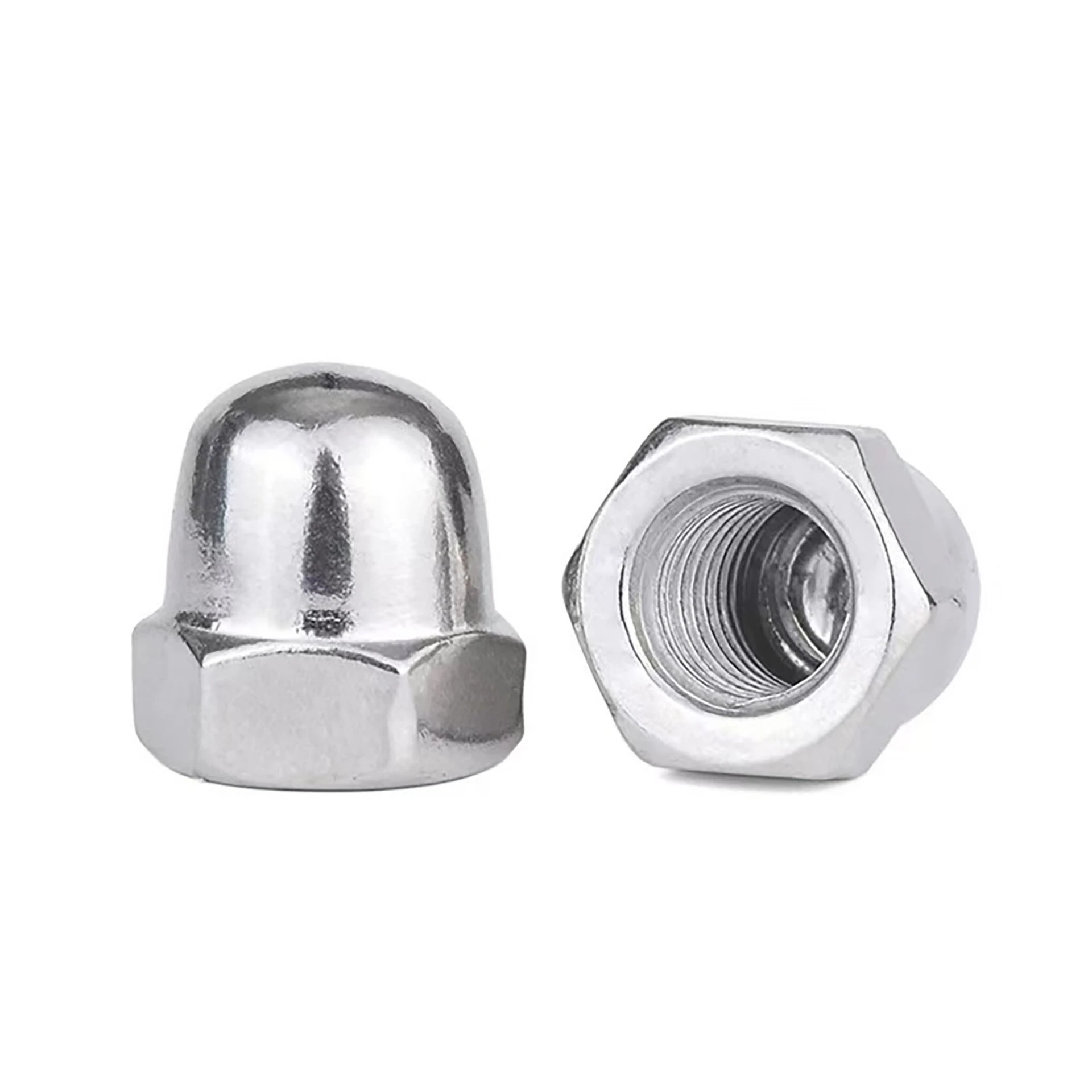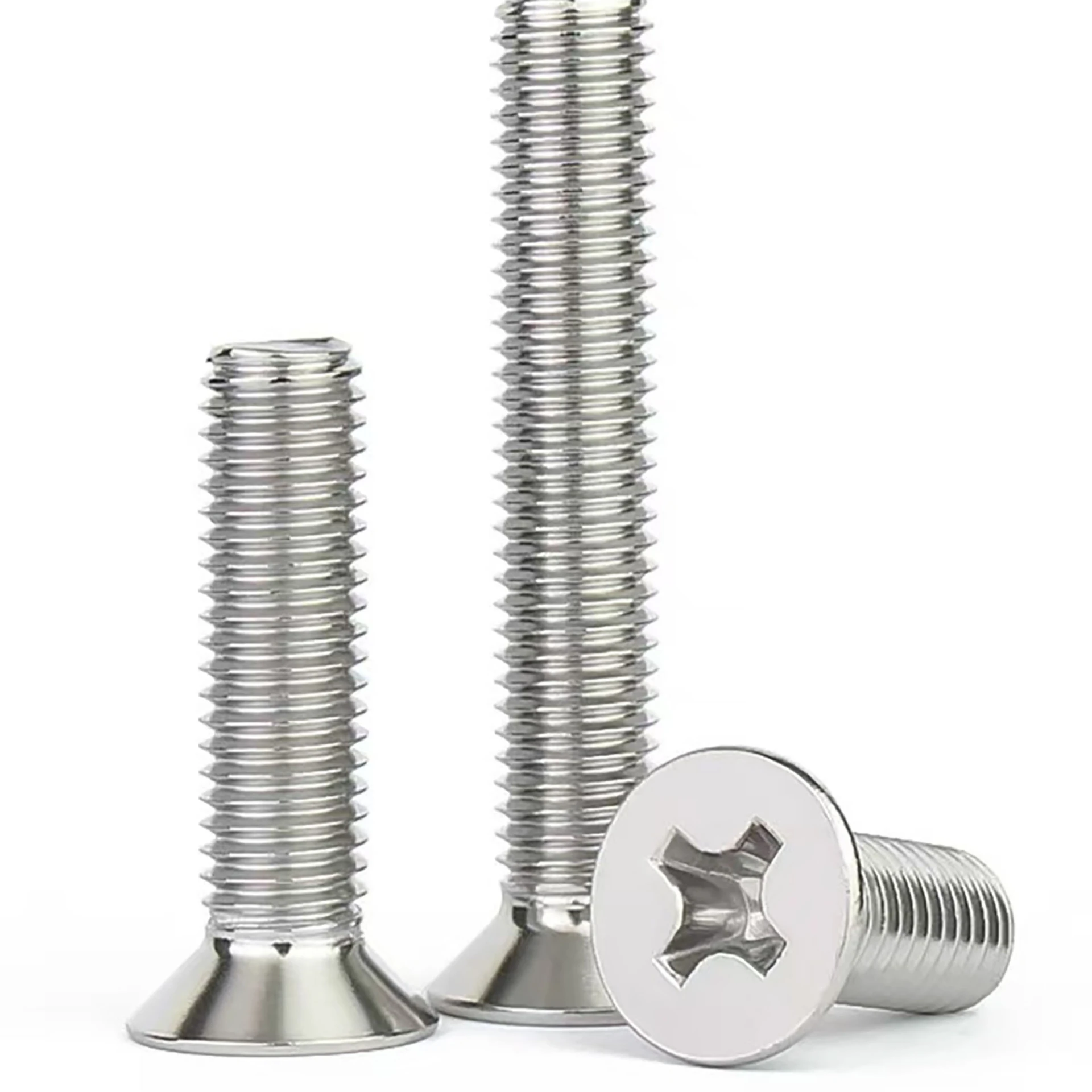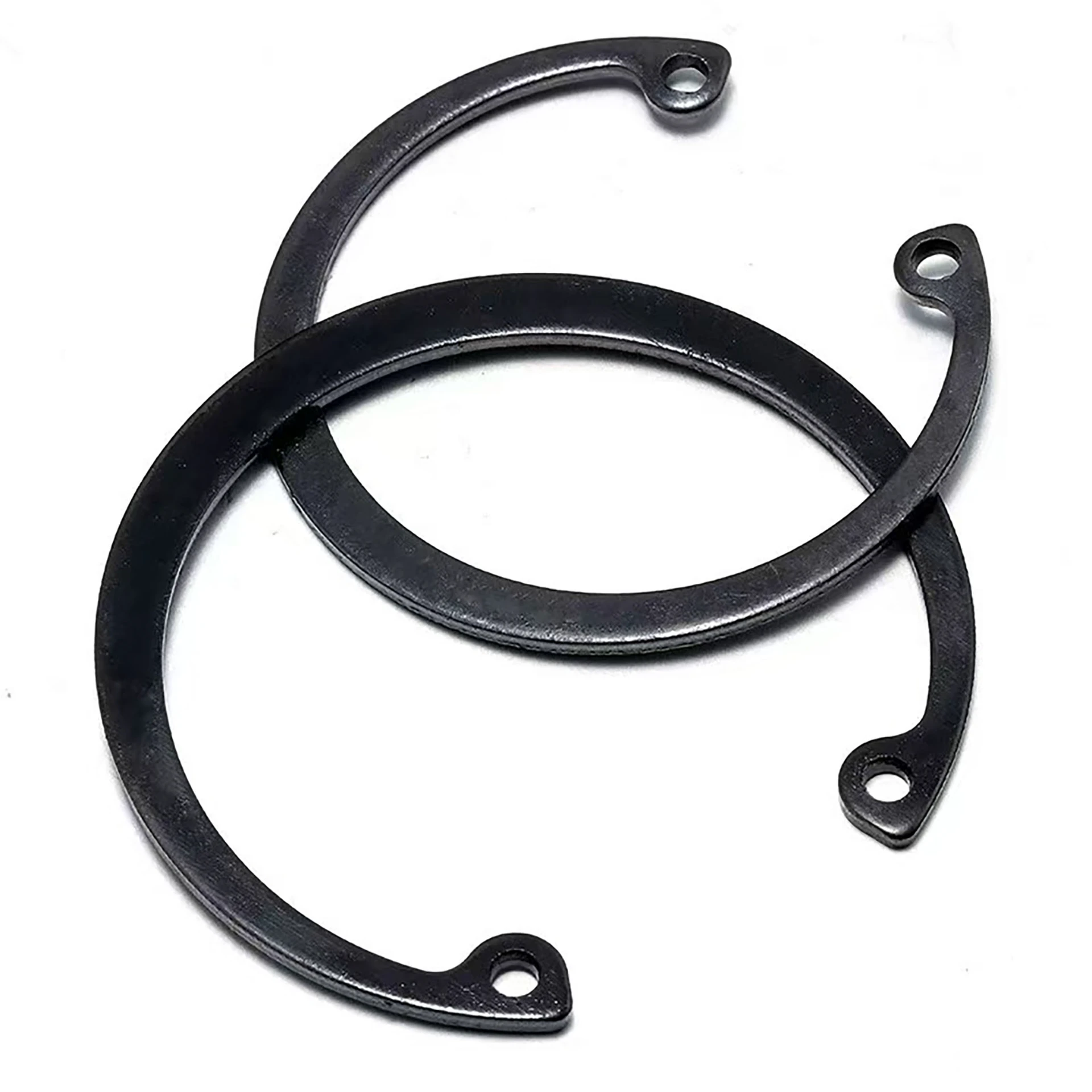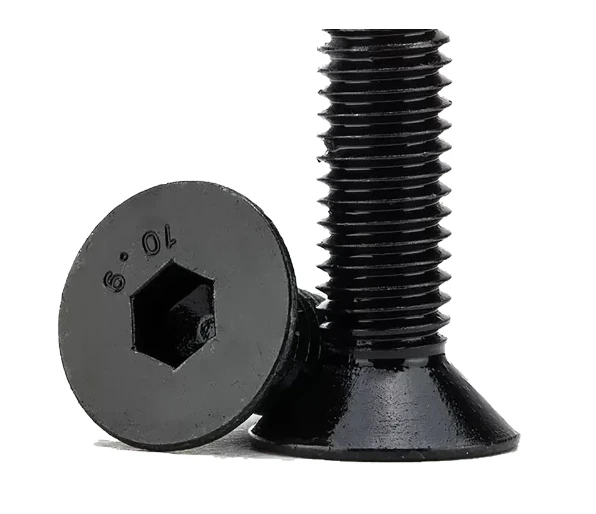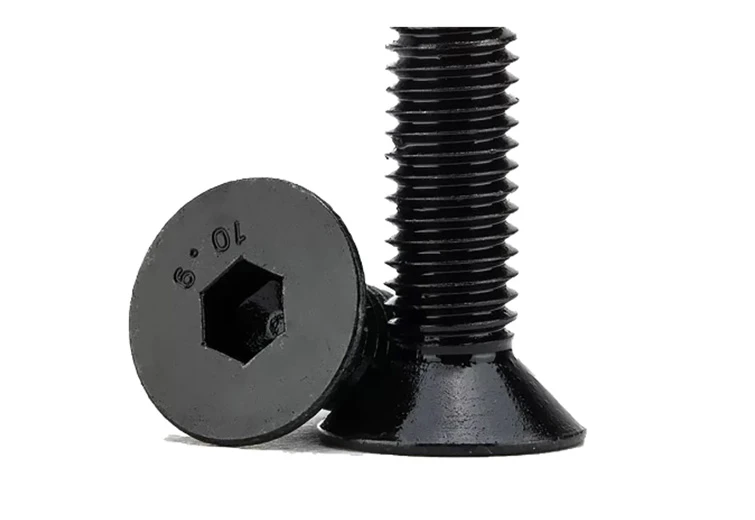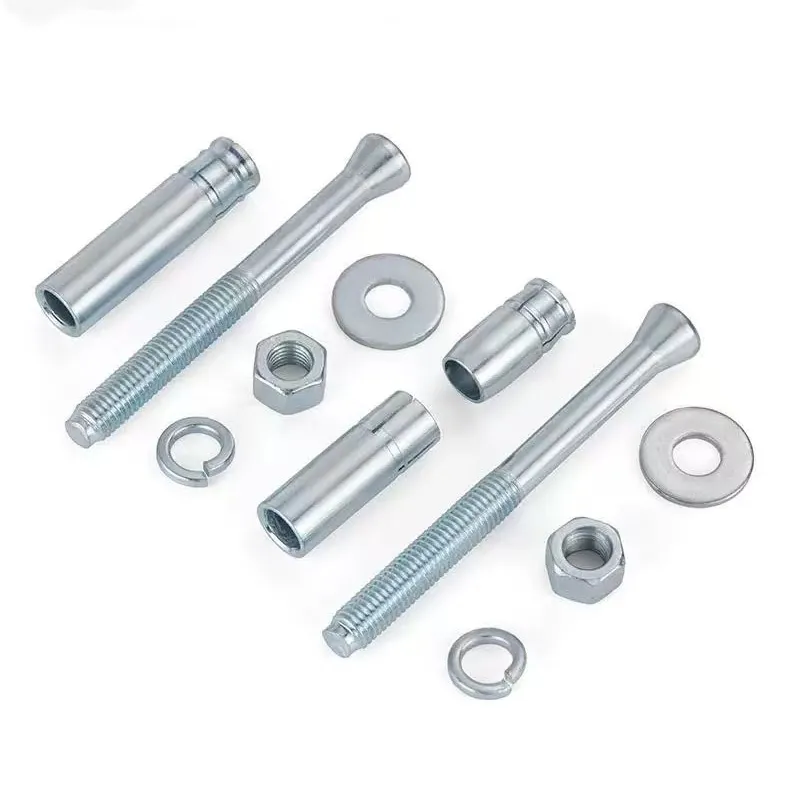Masonry Sleeve Anchors – Heavy-Duty, Corrosion-Resistant
Field Notes on masonry sleeve anchors from a Jobsite-Loving Editor
I’ve stood in enough dusty plant rooms and retrofitted more handrails than I care to admit. The simple truth: when you’re fastening into brick or concrete, sleeve anchors are the quiet heroes. The factory I visited in Hanguang Industrial Park, Yongnian District, Handan (Hebei) knows this. Their “Masonry Sleeve Anchors” line is built for concrete, block, and brick—galvanized or stainless—straight from a region that lives and breathes fasteners.
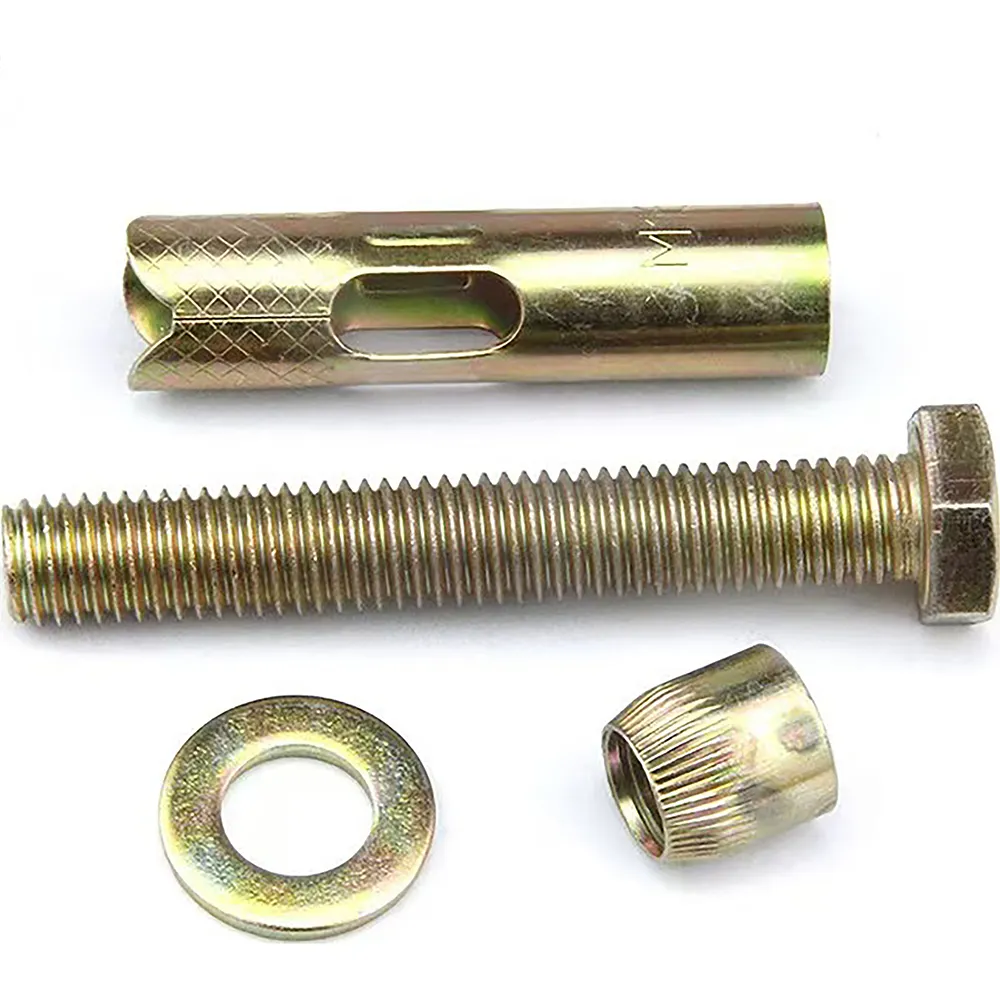
What’s shifting in the market
Three trends keep popping up in specs and RFQs: more stainless (A4/316) for coastal or chlorinated environments; traceability and test reports on every lot; and designers leaning on ACI/ETAG-style calculations rather than “it held last time.” To be honest, sustainability is creeping in too—thicker, more durable coatings and less rework.
Technical snapshot
- Materials: carbon steel (heat-treated), zinc plated (≈5–8 μm), hot-dip galvanized (≈45–85 μm), or stainless A2-304/A4-316.
- Mechanics: torque-controlled expansion; sleeve distributes load to reduce spalling in hollow or brittle substrates.
- Typical finishes: clear zinc, mechanical zinc, HDG, passivated stainless. Real-world life varies with environment.
- Testing: per ASTM E488/E1512 for tension/shear; salt spray per ISO 9227; stainless chemistry per ISO 3506; optional factory ISO 9001 docs and EN 10204 3.1 reports.
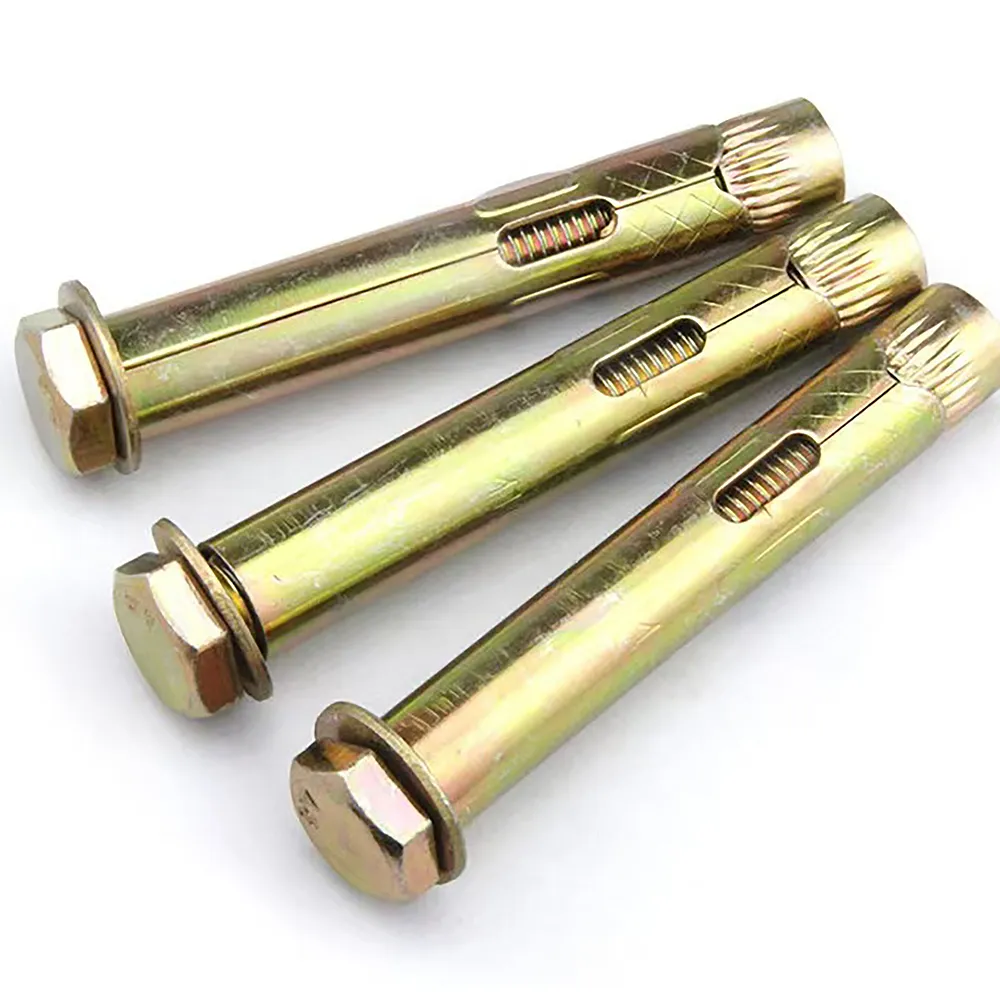
Product specifications (typical)
| Size | Drill Dia. | Embed Depth ≈ | Min. Edge Dist. ≈ | Tension Capac. ≈ | Finish Options |
|---|---|---|---|---|---|
| M6 / 1/4" | 6 mm | 35–40 mm | 60 mm | 5–6 kN | Zn, HDG, A2, A4 |
| M8 / 5/16" | 8 mm | 45–50 mm | 70 mm | 8–10 kN | Zn, HDG, A2, A4 |
| M10 / 3/8" | 10 mm | 55–60 mm | 90 mm | 12–18 kN | Zn, HDG, A2, A4 |
| M12 / 1/2" | 12 mm | 70–75 mm | 110 mm | 18–24 kN | Zn, HDG, A2, A4 |
Tested in normal-weight concrete C30/37; real-world values vary with substrate, edge spacing, and installation torque.
Where they shine
Handrails, cable trays, pipe hangers, racking, façades, MEP supports, light steel frames. In hollow brick, the sleeve’s surface area helps. In cracked concrete, verify design under ACI 318 anchors chapter or EAD methods—engineers will thank you later.
Process flow (how they’re made)
Material incoming → cold forming of bolt/body → sleeve rolling → heat treatment → machining and threading → assembly with nut/washer → coating (Zn/HDG) or passivation → proof load, torque and pull-out testing → packaging with lot traceability. Service life? Indoors dry: 15–30 yrs; coastal with A4/316: 25–50 yrs; HDG outdoors: around 10–20 yrs depending on exposure.
Customer feedback
Contractors tell me masonry sleeve anchors “feel forgiving”—they tolerate slightly imperfect holes. Installers like that torque gives immediate confidence. Surprisingly, many say switching to A4/316 paid back within a year via reduced call-backs.

Vendor comparison (quick take)
| Vendor | Certs/Reports | Lead Time | MOQ | Price Level | Customization |
|---|---|---|---|---|---|
| Hebei origin (Handan) | ISO 9001, 3.1, in-house ASTM pull tests | 2–5 weeks | Moderate | Competitive | High (length, sleeve, finish) |
| EU ETA brand | ETA/CE, ICC-ES optional | Stock/2 weeks | Low | Premium | Medium |
| Big-box house brand | Basic CoC | Immediate | None | Low | Low |
Case note
A warehouse retrofit swapped wedge anchors for masonry sleeve anchors on hollow clay brick. M10 A2 units hit ≈12 kN tension and ≈9 kN shear in on-site tests; failure mode was sleeve slip before brick cracking—acceptable for the racking loads. The crew liked the predictable torque and fewer blowouts. Sometimes “boringly reliable” is exactly what you need.
Notes on selection and customization
- Pick stainless A4/316 near coast/pools; HDG for outdoor structural steel.
- Specify embed depth, edge spacing, and torque on drawings; ask for batch test data.
- Available tweaks: sleeve thickness, knurling, head style (hex/flange), thread pitch, custom packaging with QR traceability.
Standards shortcut: design under ACI 318 anchor provisions or EAD/ETAG methods; verify performance via ASTM E488/E1512 tests; apply ISO 9227 for coating life comparisons; stainless per ISO 3506. If you need ICC-ES or ETA, request the specific report number.
References
- ACI 318-19: Building Code Requirements for Structural Concrete (Anchoring-to-Concrete provisions).
- ASTM E488/E488M: Standard Test Methods for Strength of Anchors in Concrete.
- ASTM E1512: Testing Fasteners Using Tension/Shear Loading.
- ISO 3506: Mechanical properties of corrosion-resistant stainless-steel fasteners.
- ISO 9227: Corrosion tests in artificial atmospheres—Salt spray tests.
- EAD 330232-00-0601 (formerly ETAG 001): Mechanical fasteners for use in concrete.
- ICC-ES AC01: Acceptance Criteria for Expansion Anchors in Masonry Elements.
Who We Are: The Right Fastener Partner for Global SMEs
Handan Boen Fastener Manufacturing Co., Ltd. (Est. 2010) specializes in producing standardized industrial fasteners, including bolts, nuts, washers, and other essential components. We provide cost-effective for small and medium-sized buyers in industries such as automotive parts, agricultural machinery, and construction.
